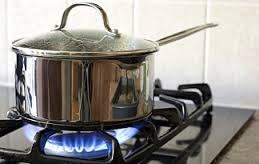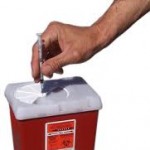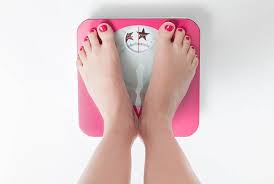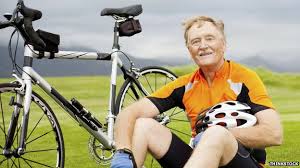To some, cooking is a mysterious and puzzling activity that is foreign and meant only for the most daring and adventurous. Many people are brought up never seeing corn shucked, chickens plucked or fish gutted. How many are even aware that potatoes and carrots are grown underground or that cheese is made from milk? There are some very simple principles to learn that will make the whole process much easier.
RAW FOODS
First, remember that many foods are able to be eaten raw and not cooked at all. Some food preparation may include cutting (or tearing) foods into medium to small pieces such as lettuce, tomatoes, celery or carrots. It is important to use a sharp knife as dull edges need to be forced and can slip and cut fingers or other important body parts. It is a good idea to use a cutting board which can be easily cleaned. Wash fruits and vegetables before eating. Find a tasty dressing or sauce that is pretty healthy.
BOILING
If you can boil water you are likely able to prepare many favorite foods like soups, stews and sauces. Sometimes using boiling hot water is adequate to add to instant-prep foods like mashed potato buds or instant soup, bullion (to make a broth) or even oatmeal. Usually once the liquid starts to boil it is a good idea to lower the heat so it still bubbles a little. You can boil many starchy foods like pasta or potatoes as long as there is enough water to fully cover them. Adding a little salt helps the flavor, but don’t overdo it. Leave partially or  uncovered. Use a small amount of water with the cover on to steam foods.
uncovered. Use a small amount of water with the cover on to steam foods.
Another version of boiling uses a slow-cooker or crock pot. These allow the cook to add all of the ingredients at one time then heat on medium to low for several hours. Just about any meat, vegetable or starch can be cooked in this way. It really is great to have a hot cooked meal ready to eat when you get home from work.
BAKING / ROASTING
Baking is another popular method that involves dry heat cooking. Usually it is a good idea to preheat the oven to get it up to the desired temperature before inserting food. Foods with high moisture content (casseroles) or foods that are intended to be browned or crisp (like pizza) can usually be cooked at higher temperatures (375oF or more). Some foods need to be baked at a lower temperature for a longer period of time (like fish, chicken). Sometimes baking is called roasting (chicken or eggplant). Other baked goods are cookies, pies or cakes. Toaster ovens are small countertop appliances that are perfect for small portion cooking.
FRYING
Anybody can fry food – just heat up a bunch of oil in a pan and dip in meat, vegetables or a dab of starchy paste (potato, flour, corn meal, etc.) and take it out when it looks brown and crispy. A much healthier and more fun pan cooking method is to sauté. Add only a small amount of oil (or butter) in the bottom of a pan, heat up the pan and add cut up  pieces of food. The food should be moved and tossed in the pan and not just left to sit and burn. Do not put water in hot oil or it will splatter.
pieces of food. The food should be moved and tossed in the pan and not just left to sit and burn. Do not put water in hot oil or it will splatter.
GRILLING
Grilling is a popular way to prepare meats and vegetables. The basic idea is to heat the food on a metal grate over an open flame. Grill one side then finish cooking on the other side. Timing is everything and it does take some practice
SEASONING
Experiment with spices and herbs. Look on food labels to see what processors may have used. Use premixed seasonings like Italian or Mexican, Cookbook recipes include spices and herbs that can be used.
RESOURCES
Many foods have cooking instructions right on the label but it is a good idea to get a simple cookbook or check cooking websites. Some are very interesting and have colorful trivia and history tidbits.
AHA – Quick & Easy Cookbook – More Than 200 Healthful Recipes You Can Make In Minutes by: American Heart Association,
ADA – Diabetes Cookbook
by: American Diabetes Association
http://www.cookinglight.com/food/recipe-finder/
http://allrecipes.com/










 uncovered. Use a small amount of water with the cover on to steam foods.
uncovered. Use a small amount of water with the cover on to steam foods.  pieces of food. The food should be moved and tossed in the pan and not just left to sit and burn. Do not put water in hot oil or it will splatter.
pieces of food. The food should be moved and tossed in the pan and not just left to sit and burn. Do not put water in hot oil or it will splatter. Healthy adults ages 70 and over should follow different nutritional guidelines than other people. In general, seniors usually need less energy and therefore usually eat less.
Healthy adults ages 70 and over should follow different nutritional guidelines than other people. In general, seniors usually need less energy and therefore usually eat less.